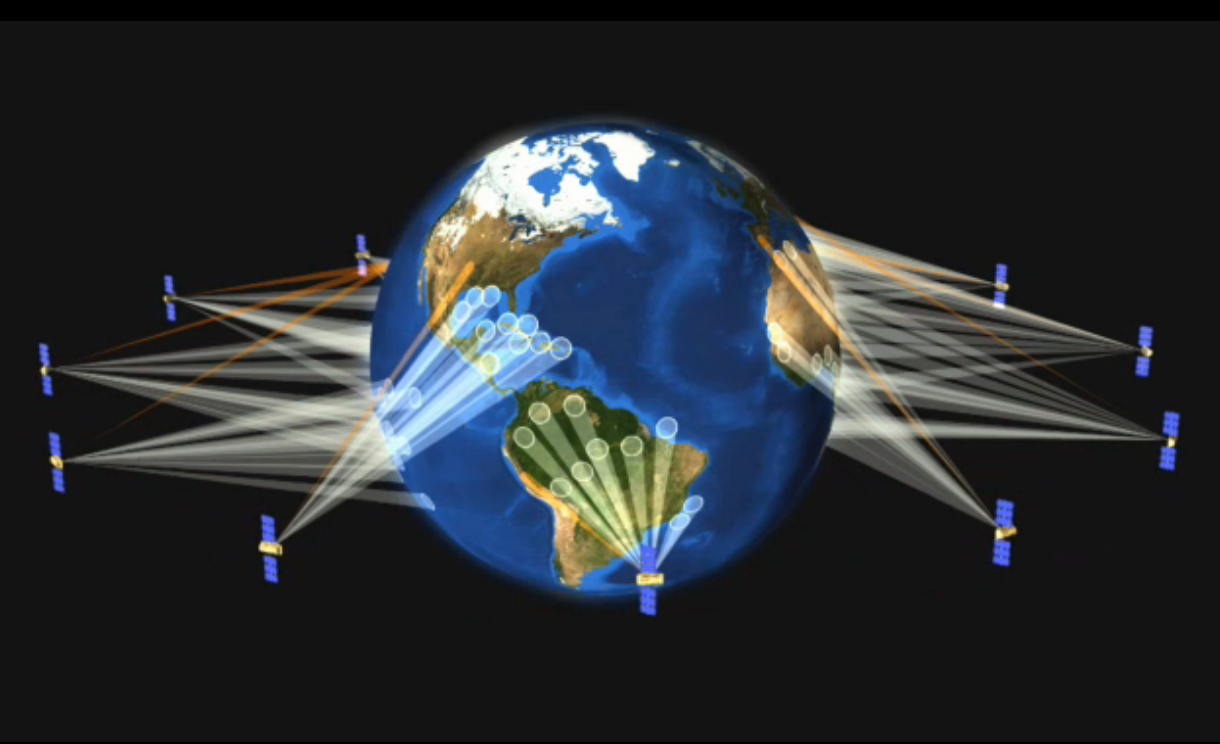Google Invests Billions on Satellites to Expand Internet Access

Google is planning to invest more than $1 billion in a new fleet of satellites that will expand Internet access to unconnected regions of the world.
The company's decision to purchase 180 small, high-capacity satellites is just the first step in a project that could cost the search giant over $3 billion, reported The Wall Street Journal. The project's price tag will depend on whether the company decides to embark on a second phase of the project, which would double the number of satellites needed, Google insiders told the WSJ.
The new venture is being led by Greg Wyler, founder of the Google-backed satellite communications startup O3b Networks, Ltd. Wyler and a former O3b chief technology officer recently joined Google to spearhead the effort, reported the WSJ. Wyler's company is also known to be hiring engineers from satellite company Space Systems/Loral LLC. [Video: Google to Spend Billions on Satellites for Internet Everywhere]
The sky's the limit
Google's satellite project is one of several new ventures designed to expand Internet access to remote areas of the world. Last year, the company announced Project Loon, an aerial wireless network that uses high-altitude balloons to provide Internet service to users in underserved and rural areas.
Google also recently acquired Titan Aerospace, a company that develops ultra-lightweight, solar-powered drones that could replace the balloons from Project Loon altogether.
Speaking with the WSJ, Tim Farrar, head of the satellite-consulting firm TMF Associates, said that, for Google, drones and satellites might complement one another nicely. Drones, he said, offer better high-capacity service in smaller areas, whereas satellites offer broader coverage in areas that have less demand.
Get the world’s most fascinating discoveries delivered straight to your inbox.
The satellites currently being developed by O3b Networks for Google are relatively small — weighing roughly 250 pounds (113 kilograms), according to the WSJ. This makes them markedly different from the satellites the company usually produces, which weigh about 1,500 pounds (680 kg) each. Due to non-disclosure agreements, additional details about what Google's new satellites might look like are hard to come by, according to media reports.
However, O3b Networks (the name of the company refers to the "other 3 billion" people worldwide without Internet access) has four of its own satellites currently in orbit, and plans to launch four more next month.
Faster & cheaper coverage?
O3b currently provides Internet connectivity to mobile carriers' base stations, reported the MIT Technology Review. The company's involvement could be good news for people in remote parts of the world, because O3b satellites provide a superior (and cheaper) way to deliver high-speed Internet than do conventional satellites, the MIT Technology Review said.
Compared to conventional Internet companies, whose satellites orbit roughly 22,000 miles (35,000 kilometers) above Earth, O3b's satellites orbit around 5,000 miles (8,000 km) above the planet's surface.
This difference in altitude results in a corresponding difference in delays. While O3b users have to contend with a 150-millisecond delay in their Internet coverage (the time it takes for radio signals to go back and forth between the base carrier station and the satellite), those with other services might experience 600-millisecond delays for the same service. Such a delay, MIT reports, is generally considered excessive, at least for business use.
Google's foray into satellite Internet could speed up coverage for hundreds of millions of people around the world, a Google spokeswoman told the WSJ. The technology company noted that nearly two-third of the world's citizens have no access to the Internet at all.
But despite Google's enthusiasm for the new project, some outside the company are wary of the search giant's journey into the stratosphere. Roger Rusch, who runs the satellite-industry consulting firm TelAstra, Inc., told the WSJ that Google's project is a "pipe dream," and said the company will end up spending much more on the effort than originally planned, perhaps as much as $20 billion.
Follow Elizabeth Palermo on Twitter @techEpalermo, Facebook or Google+. Follow Live Science @livescience. We're also on Facebook & Google+. Original article on Live Science.



